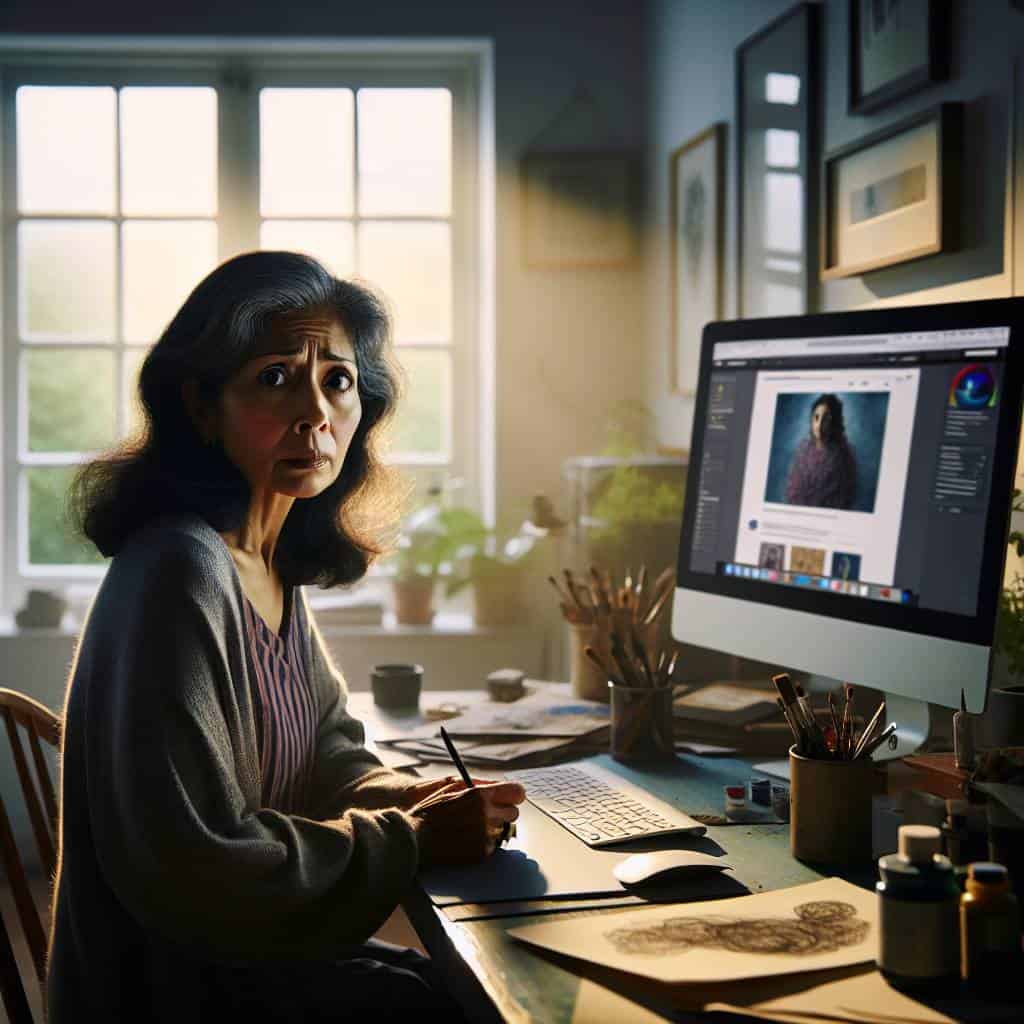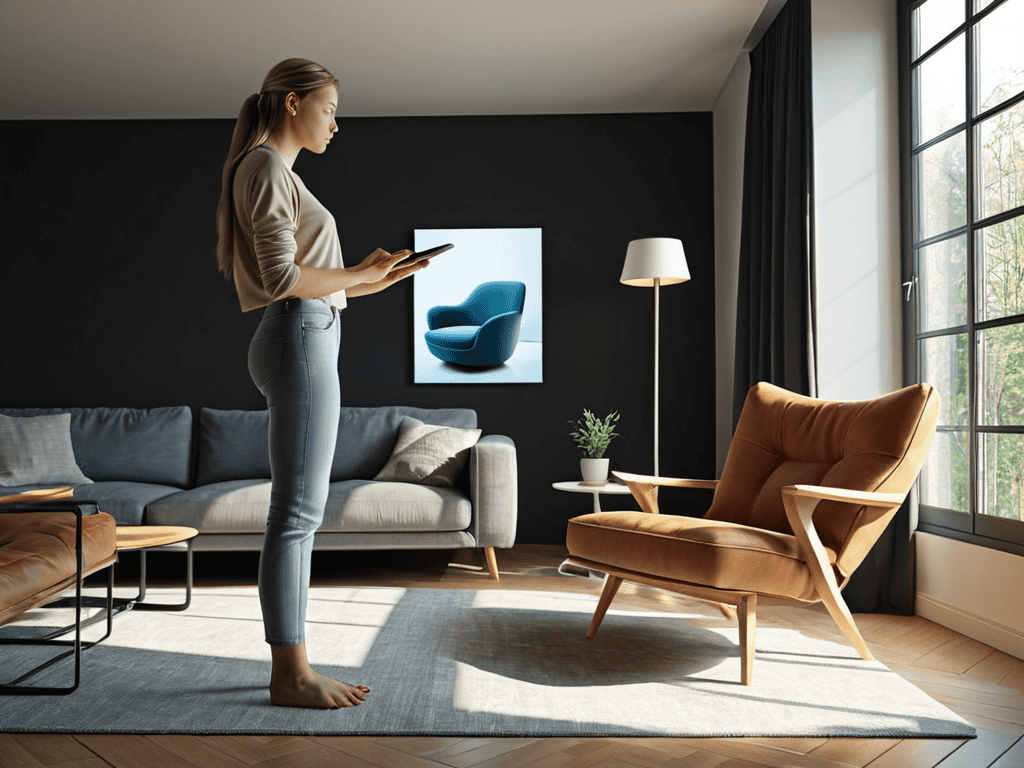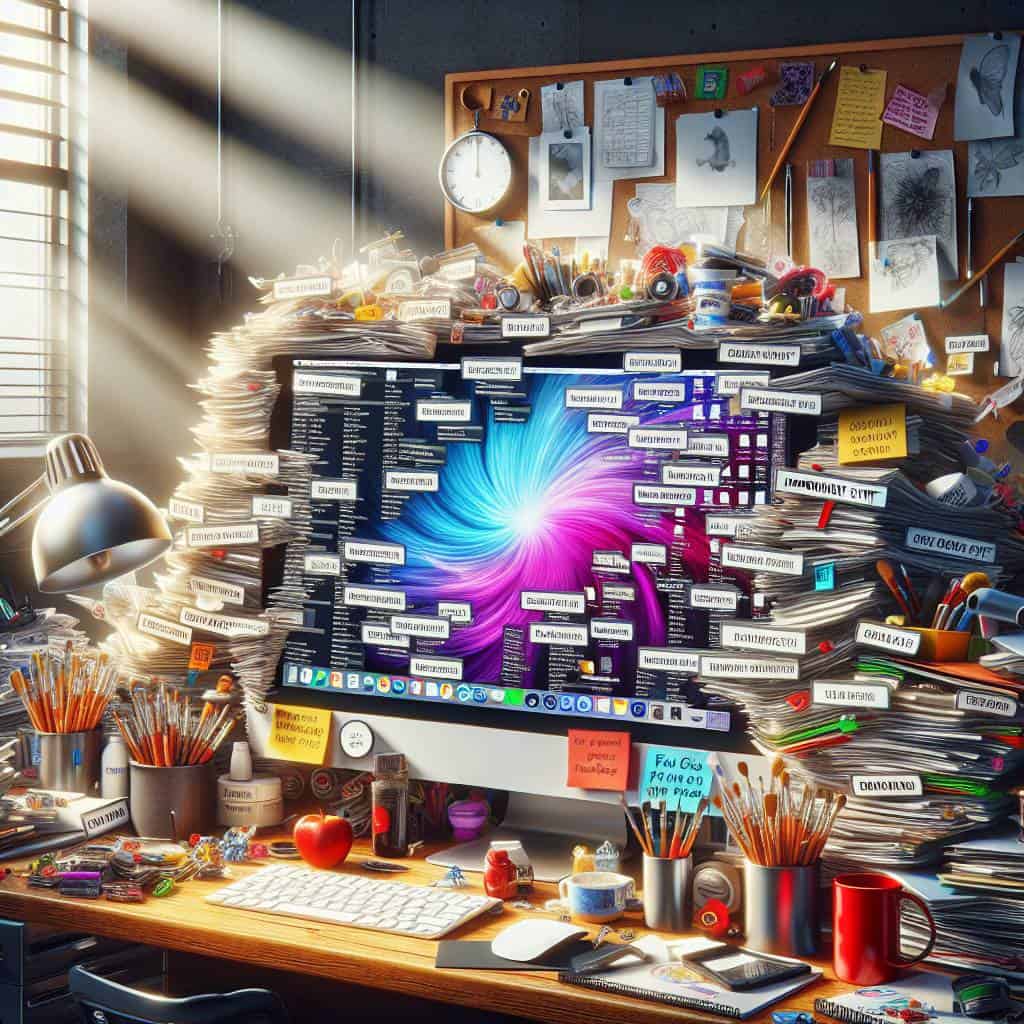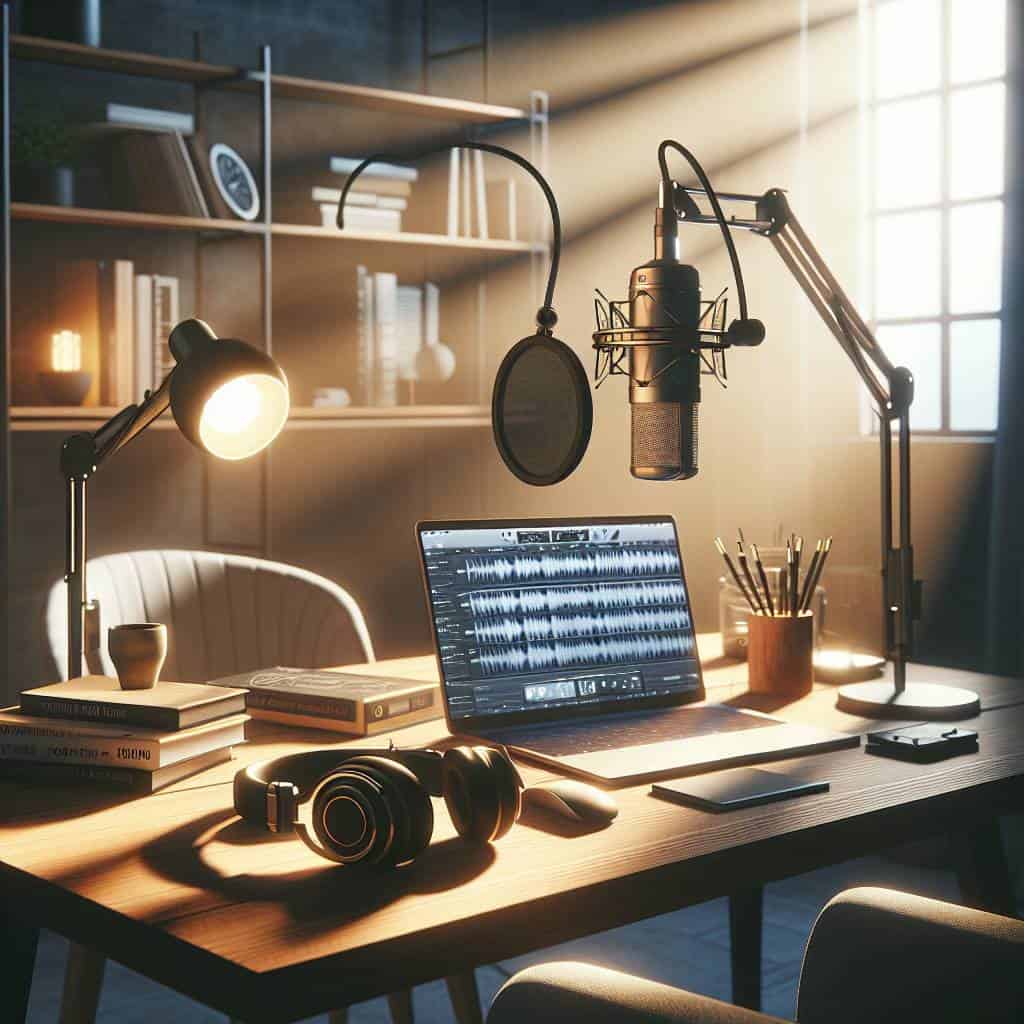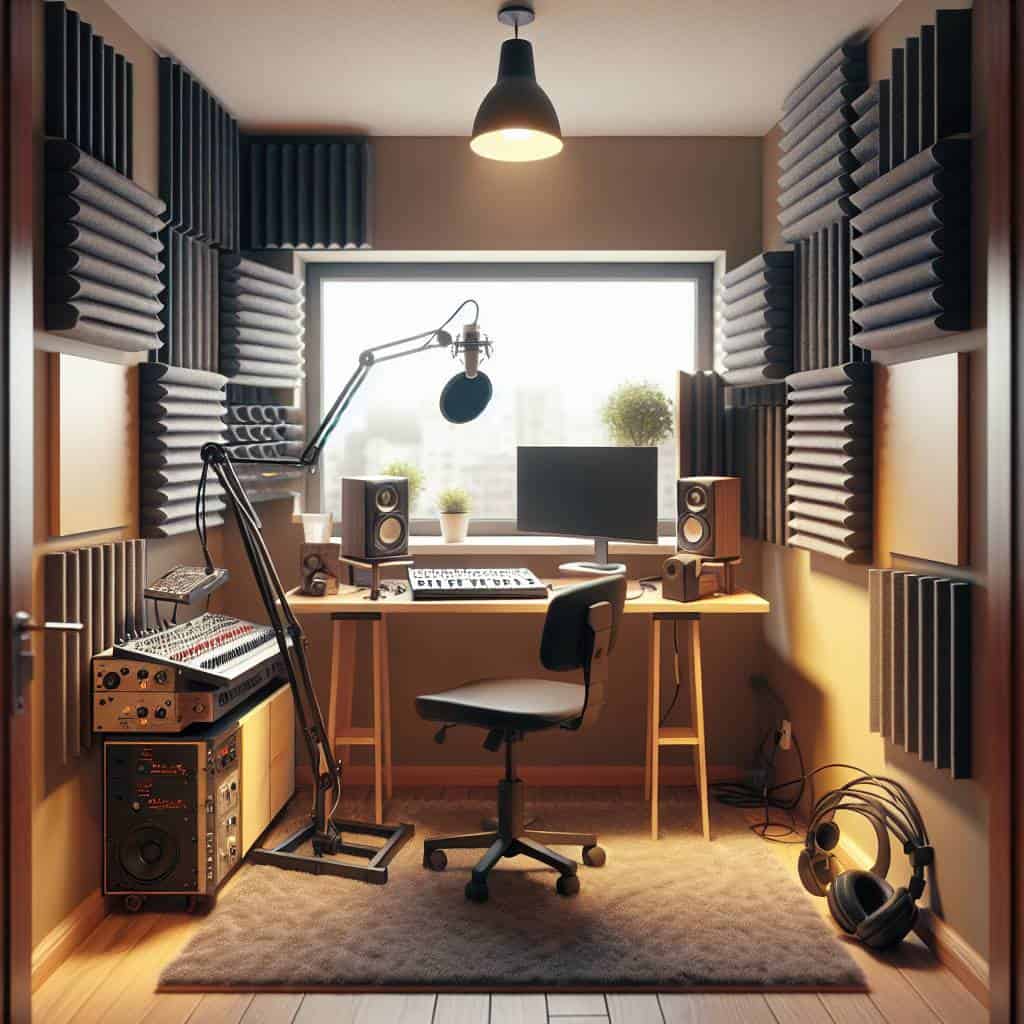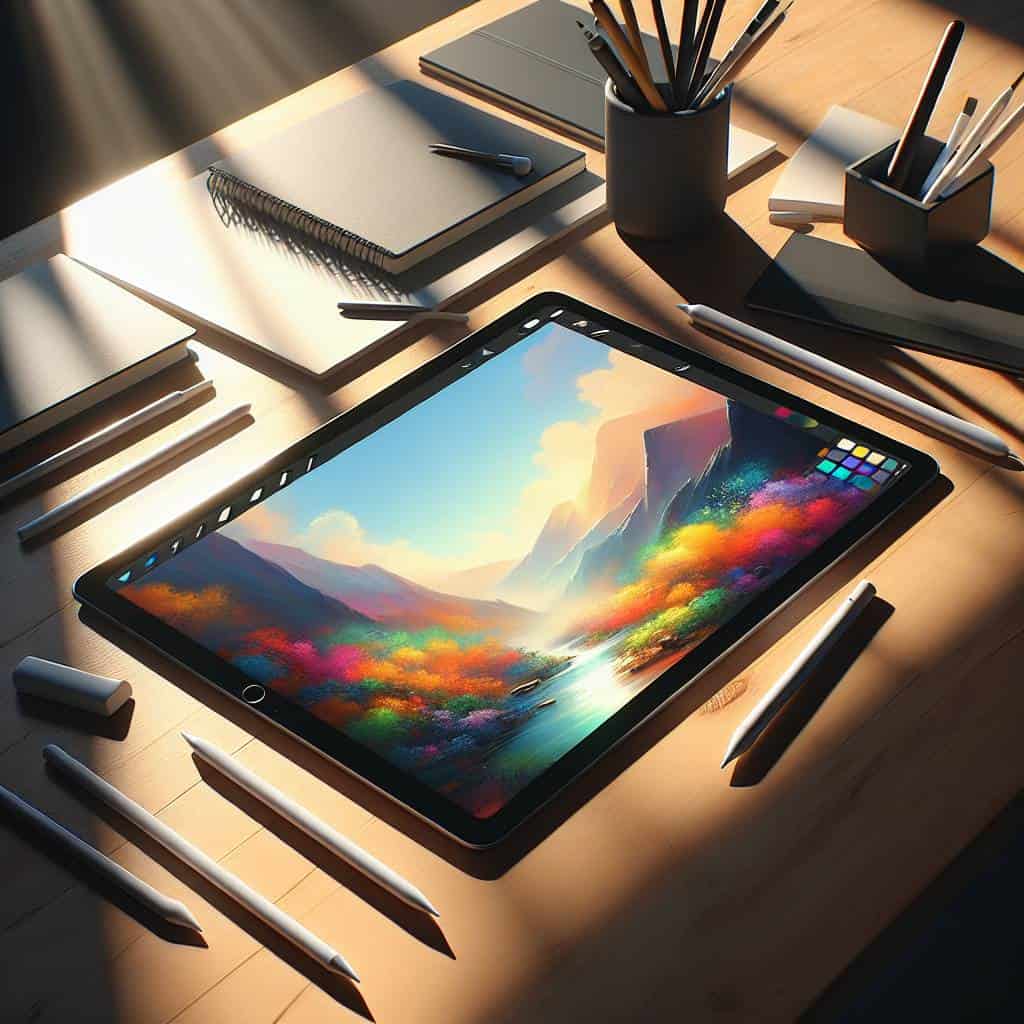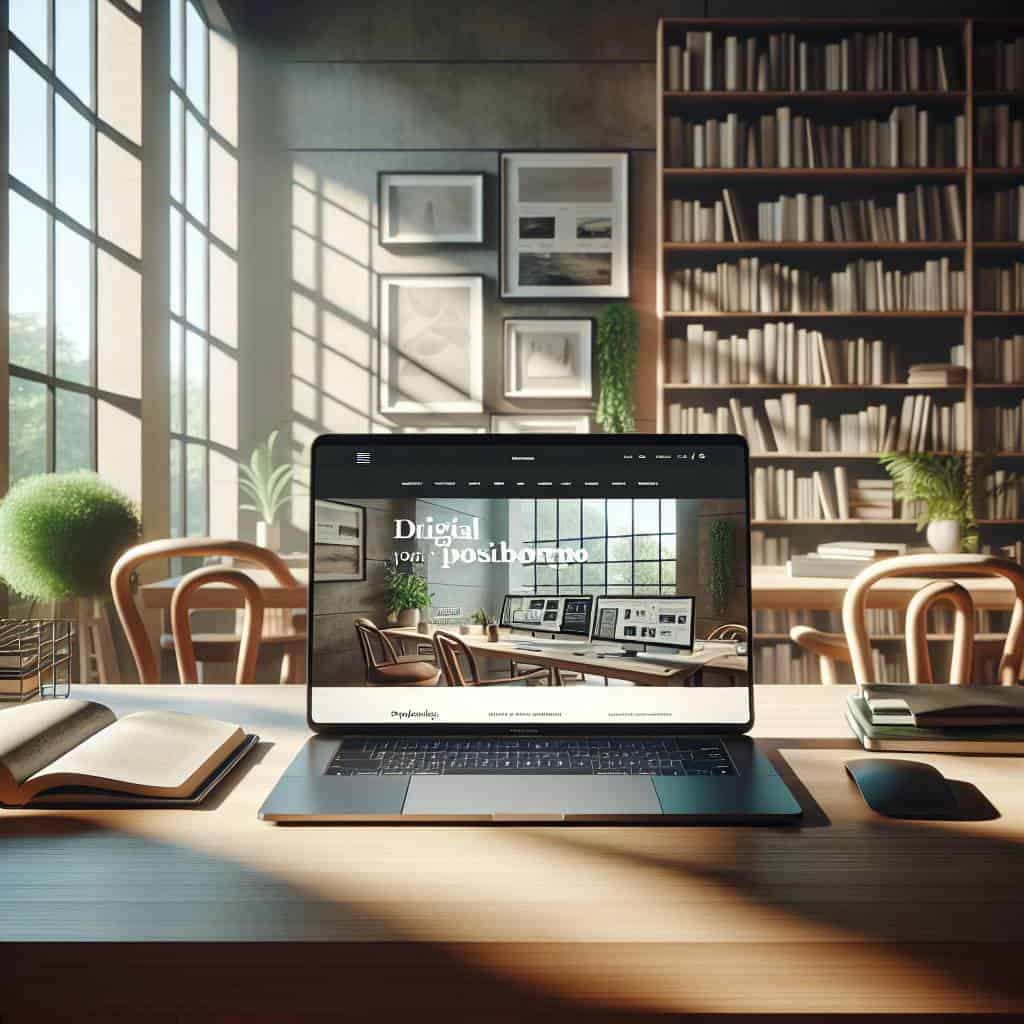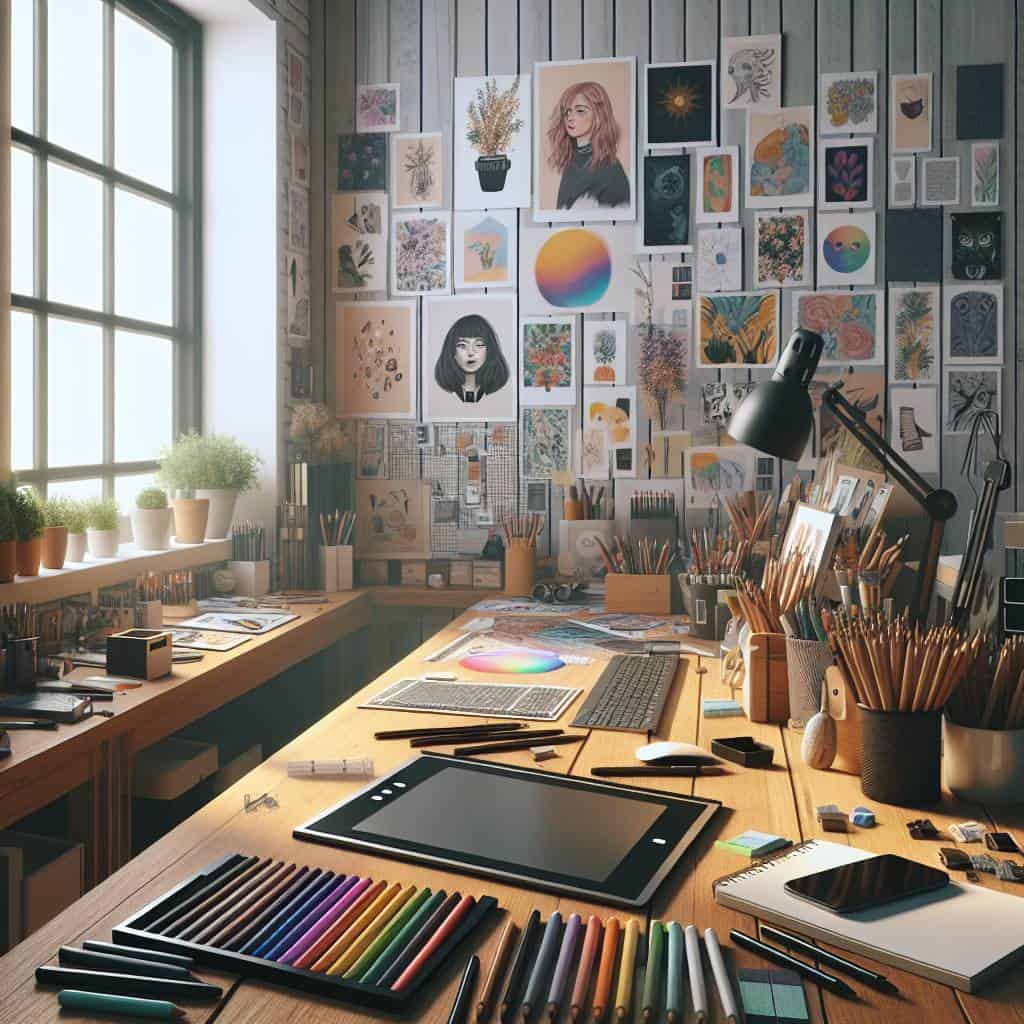I once thought my phone’s mic could capture my podcasting brilliance. Spoiler: it didn’t. Imagine listening to a symphony through a tin can. That was me, an audio novice, naively believing I could weave magic with mediocre tools. My first episode sounded like a distant echo of a conversation lost in time. But hey, we’ve all been there, right? With dreams of chart-topping success, we dive headfirst into the podcasting abyss, only to resurface with clarity—or at least a bruised ego.
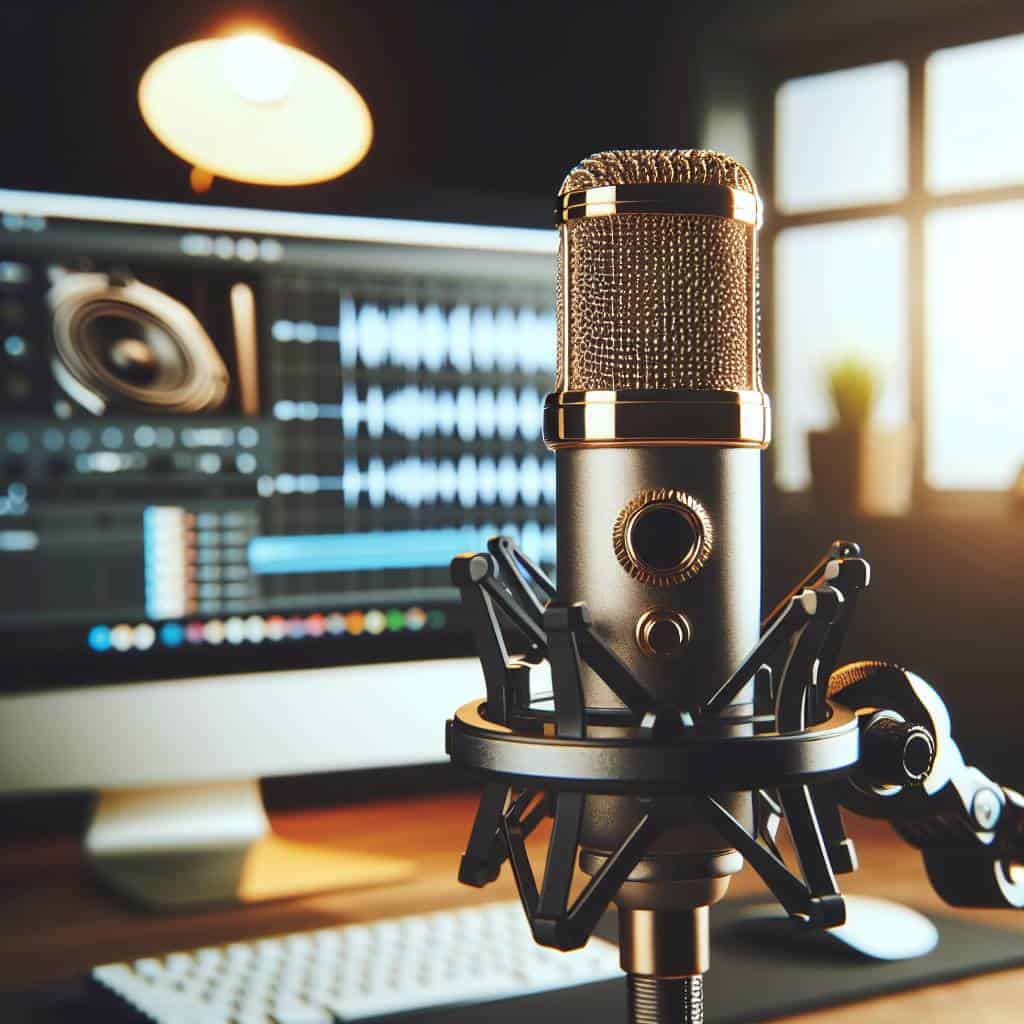
So, let’s talk microphones. I’ll walk you through the chaotic world of USB vs. XLR, dynamic vs. condenser, and the labyrinth of home studio setups. Whether you’re aiming for NPR-level polish or just want to sound like you’re not recording from a broom closet, this guide will cut through the noise. Let’s get real about what works, what doesn’t, and how to make sure your voice is heard clearly and authentically.
Table of Contents
My Lifelong Struggle With USB vs. XLR: The Battle of Podcasting Titans
Let me take you back to my earliest dabblings in podcasting, a time when I was blissfully unaware of the impending audio chaos. Picture this: me, a naive designer with a microphone that looked like it belonged on a 90s infomercial. USB was my starting point, and back then, it seemed like the perfect marriage of convenience and simplicity. Just plug it into your computer, and voilà! Instant podcasting magic. But, oh, how deceiving simplicity can be. I quickly discovered that while USB microphones are user-friendly, they can sometimes make your voice sound like it’s coming from the bottom of a tin can. It was as if the ghost of a dial-up modem had possessed my recordings.
Enter the XLR microphone, the sophisticated older sibling in this audio family drama. It promised richer sound, the kind that could make even the most mundane conversation about suburban life feel like a fireside chat with a world leader. But here’s the rub—XLR microphones need an interface, a mixer, and perhaps a degree in audio engineering. My home felt like a makeshift studio, cables strewn about like an art installation gone wrong. Yet, the payoff was undeniable. The dynamic range, the clarity—it was like upgrading from a crayon sketch to a full-blown mural. But was it worth the complexity? That’s the eternal question.
So here I am, forever caught between the casual ease of USB and the professional allure of XLR. It’s a battle that mirrors my struggle for balance between simplicity and depth, both in design and in life. USB is the quick sketch, a burst of creativity without the burden of perfection. XLR, on the other hand, demands patience, precision, and a willingness to embrace the complications. Both have their place in the world of podcasting, just as they do in my heart. And maybe that’s the beauty of it all—finding harmony in the chaos, one episode at a time.
The Art of Sound Mastery
In the world of podcasting, choosing between USB and XLR is like picking a paintbrush for your audio canvas. Dynamic and condenser mics each have their voice; your home studio is the gallery. Trust your ear, not the specs.
The Echoes of My Microphone Obsession
In the end, it’s not just about picking sides in the USB vs. XLR war. It’s about understanding the language of sound that speaks to you, like finding that perfect shade of blue that whispers serenity into a chaotic world. My journey through dynamic and condenser mics wasn’t just a technical expedition; it was a quest for clarity in a world of noise. It’s the same clarity I chase in my design—stripping away the unnecessary to reveal something raw and true.
As I sit in my humble studio, surrounded by cables and the comforting hum of equipment, I realize that this journey is less about the hardware and more about the harmony it brings to my creative process. Every whisper and thump captured is a testament to the relentless pursuit of authenticity. Whether you’re recording at home or in a professional studio, the right setup transforms not just the sound, but the soul of your work. And maybe, just maybe, that’s the kind of design that truly lasts—a soundscape that resonates with the truth of who we are.
